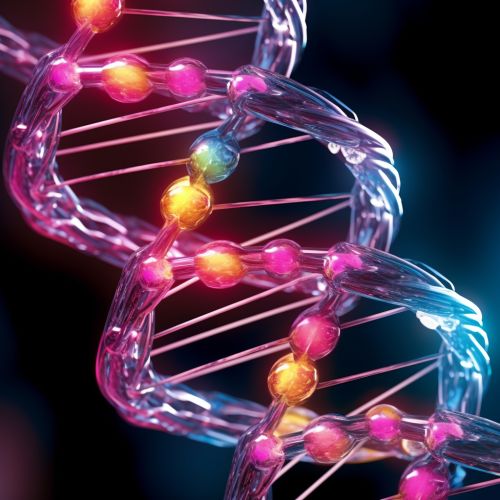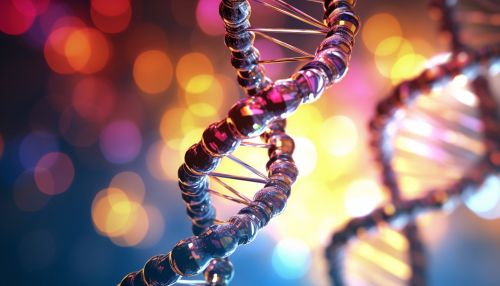DNA Sequencing
Introduction
DNA sequencing is the process of determining the precise order of nucleotides within a DNA molecule. It includes any method or technology that is used to determine the order of the four bases: adenine, guanine, cytosine, and thymine. The advent of rapid DNA sequencing methods has greatly accelerated biological and medical research and discovery.
History
The first DNA sequences were obtained in the early 1970s by academic researchers using laborious methods based on two-dimensional chromatography. Following the development of fluorescence-based sequencing methods with a more automated and much higher throughput, DNA sequencing has become a common practice in molecular biology and genomics labs.
Sequencing methods
There are several methods of DNA sequencing: the chain termination methods, the chemical method, and large scale sequencing strategies.
Chain termination methods
Also known as Sanger sequencing, this method uses selective incorporation of chain-terminating dideoxynucleotides by DNA polymerase during in vitro DNA replication. It was first commercialized by Applied Biosystems in 1986 and was considered the primary method of sequencing genomes for many years.
Chemical method
The chemical method, also known as the Maxam-Gilbert sequencing, involves chemical modification of DNA and subsequent cleavage at specific bases. Although it was the first method of DNA sequencing, it is no longer commonly used due to its technical complexity and the use of hazardous chemicals.
Large scale sequencing strategies
With the advent of genomics, large scale sequencing strategies like shotgun sequencing and high-throughput sequencing have been developed. These methods allow for the sequencing of complex genomes, which has led to the sequencing of the human genome.
Next-generation sequencing
Next-generation sequencing (NGS), also known as high-throughput sequencing, is the catch-all term used to describe a number of different modern sequencing technologies. These technologies allow us to sequence DNA and RNA much more quickly and cheaply than the previously used Sanger sequencing, and as such have revolutionized the study of genomics and molecular biology.
Applications
DNA sequencing has numerous applications in biology, metagenomics, ecology, forensic science, virology and medicine. It is increasingly being used in the field of personalized medicine where it is used to tailor medical treatments to individual patients.
Future directions
With the decreasing cost of DNA sequencing, it has become feasible to sequence the genomes of many species, including humans. This has led to the development of the field of comparative genomics, where the genome sequences of different species are compared. This field of research has the potential to reveal fundamental biological insights and shape future medical and pharmaceutical research.
See Also


